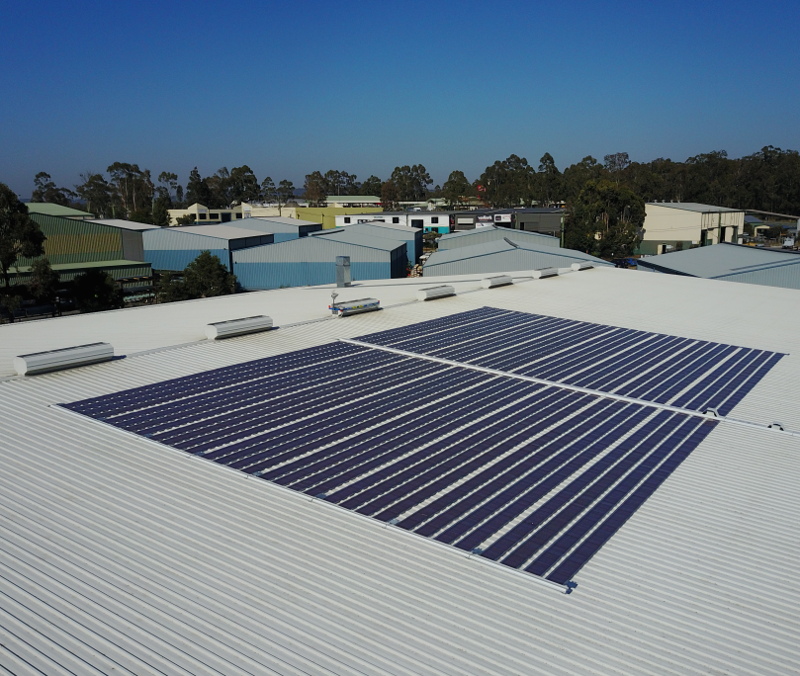Solar strips could signal shift

Organic printed solar cells are electronic inks printed onto sub-millimetre thin plastic sheets using conventional printers.
The cells were first developed by University of Newcastle Physicist, Professor Paul Dastoor.
CHEP, a Brambles company, has become the first commercial partner helping to explore the potential of the technology, building a commercial-scale installation at its Beresfield pallet repair facility.
The experts say the installation could be the final stop before the technology becomes widely available.
“This is the first commercial uptake of printed solar in Australia, most likely the world. It’s an historic step in the evolution of this technology and another example of private enterprise and community leading the charge in the adoption of renewables,” Professor Dastoor said.
“Our printed solar cells are now considered to be at the ‘top of the technology readiness tree’.
“Those working in technology development use a NASA developed Technology Readiness Level or ‘TRL’ system to determine how evolved our solutions are, with 1 being the lowest and 9 the highest. We are now rated TRL 8 and essentially considered ‘green lit’.”
The technology has advanced rapidly from its first lab-scale demonstration last year, with its output having been doubled and more advances expected in coming weeks.
Printed solar is an ultra-lightweight, laminate material, similar in texture and flexibility to a potato chip packet. The material delivers unprecedented affordability at a production cost of less than $10 per square metre.
The process, coined ‘functional printing’, is completed in-house on a lab-scale printer at the University of Newcastle’s Newcastle Institute for Energy and Resources (NIER) facility.
“On the University’s lab-scale printer, hundreds of metres of material can be produced per day, however upgrading production to a commercial-scale printer would increase this output to kilometres. No other renewal energy technology can be manufactured as quickly,” Prof Dastoor said.
“The low cost and speed at which this technology can be deployed is exciting as we need to find solutions, and quickly, to reduce demand on base-load power – a renewed concern as we approach another summer here in Australia.”
The technology is incredibly simple and fast to install. Over 640 metres of material was installed at the CHEP site by a team of 5 in just one day. It is so lightweight, the material is secured using standard double sided tape.
In six months’ time, the team will remove the installation and investigate the best method for recycling the material.
“My goal is to completely recycle the old material and use that resource to manufacture new solar cells,” Professor Dastoor said.
“Not only are printed solar cells approximately 300 times lighter than traditional cells, silicon isn’t a practical solution for roofs needing repair or replacing. Many roofs just aren’t capable of supporting the weight of the amount of silicon panels required to meet their energy demands,” he said.








 Print
Print